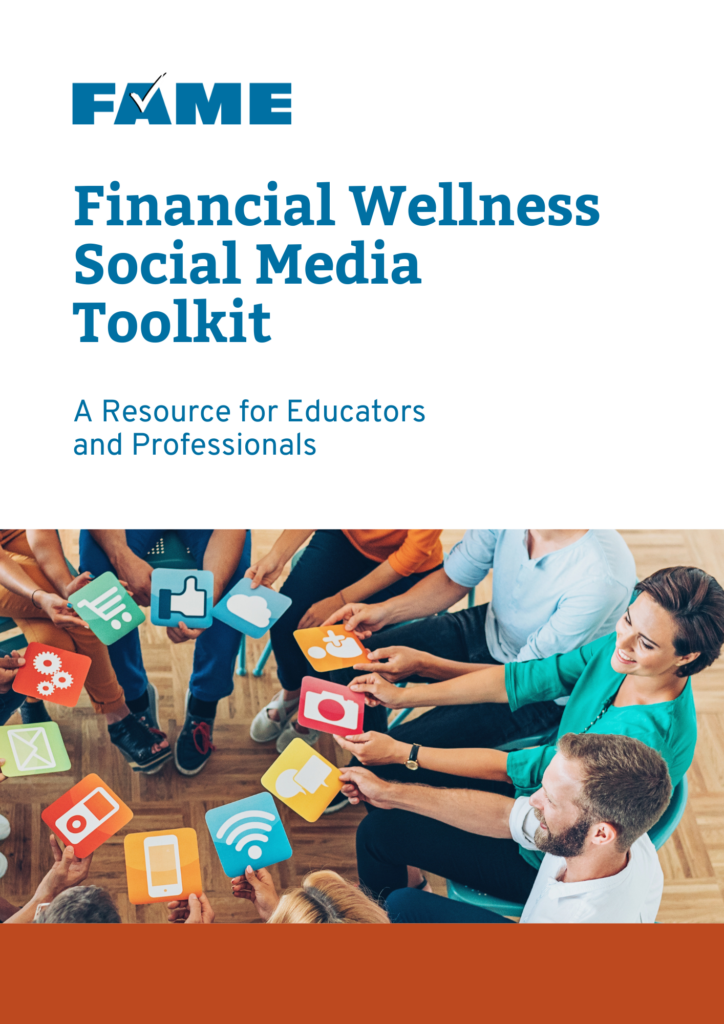FAME has created a social media toolkit to help organizations promote financial wellness in their communities. In this toolkit you will find everything you need to post information about financial wellness on your social media platforms. You will also find a media library link created by FAME so you can customize your posts for your organization.
Need something in a pinch? @FAME_Maine is always sharing financial wellness content on Instagram and Facebook that organizations are welcome to share with on their platforms. FAME also has extensive financial wellness resources that you can choose from to share with individuals in your community.






